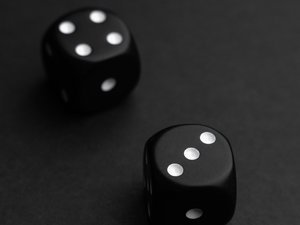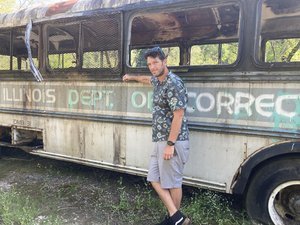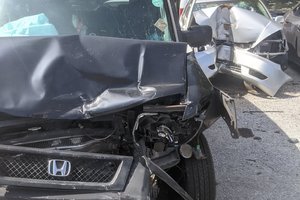
Community Spring Insights

Breaking the Locks & Creating the Links: Reflections and Next Steps
Our 2022-23 Community Spring campaign, Links Not Locks, has come to a close, but the work will carry on for many years as we continue to disentangle the behavioral health and justice systems. In reflecting on what we’ve done and where we go from here, I wanted to share some key things we learned and some really simple things you can do to improve behavioral health in our community…

Rolling the Crisis Dice: Calling for Help During a Behavioral Health Crisis
I recently had the unfortunate experience of trying to get mental health support for someone very close to me. They were in an acute crisis. The co-morbidities included trauma history, brain trauma, and a history of addiction all exacerbated by recent loss. Trying to navigate the mental health system while they were in crisis was made all the more difficult by the fact that…

No Adults in the Room: My Journey Navigating the Mental Health and Carceral System
There is a unique problem in America - using cages as the answer to behavioral health concerns. Locally, there are over 1,000 beds available at the Alachua County Jail and only 35 at the rehab center. There are unlimited spaces in the criminal court, but in the mental health diversion court, where you may be connected to resources, they are limited to…

Love and Trauma: How we move through the world
Links Not Locks is a campaign focusing on the intersection between mental health crises and incarceration. I've seen time and time again that when folx are in crisis, they are met with force and stigma instead of the help and community support they need.
Last year, my life was filled with what seemed like a never-ending crisis triggered by a series of car accidents. After…
